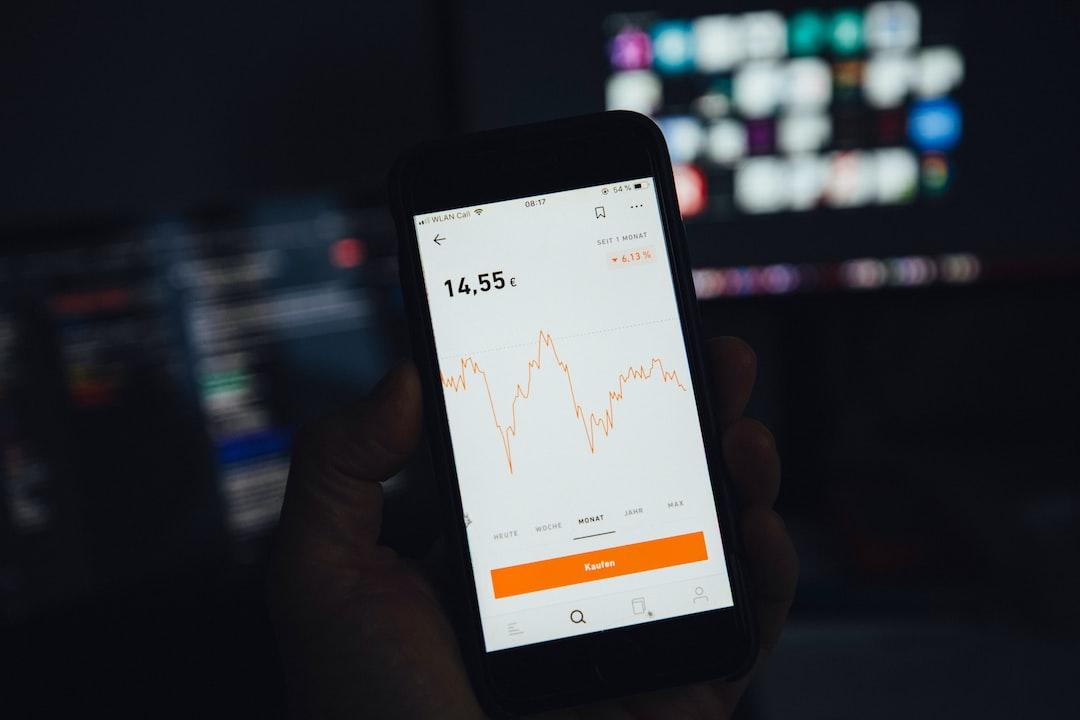Bitcoin (BTC) price is under sustained selling pressure and has recently fallen below the key support level of $65,000.
Despite the stock market rally in the U.S., the cryptocurrency’s value has corrected by 10% from its June peak of $72,000.
Last week, BTC performed significantly weaker compared to the U.S. stock market, reaching its lowest levels in a month due to the lack of new positive catalysts.
Despite the decline yesterday, the S&P 500 has shown resilience and a strong bullish trend recently, reaching new all-time highs. The same can be said for the Nasdaq index. On the other hand, the Dow Jones has not corrected like the other major indices and has continued its upward trend.
Over the past two weeks, both Bitcoin and the broader crypto market have been characterized by a downward trend as the initial excitement from the approval of the Ethereum ETF fades.
Data from IntoTheBlock shows that a major reason for this profit-taking is that the cryptocurrency market has nearly doubled between the fourth quarter of 2023 and the first quarter of 2024.
In June alone, Bitcoin miners have sold over 30,000 BTC, valued at $2 billion. This is largely due to the recent halving, which increased operational costs and reduced profits, forcing the mining industry to liquidate part of its holdings.
In addition to miners, Bitcoin is under additional selling pressure from the increased outflows from Bitcoin ETFs, which exceeded $500 million last week. At the same time, the German government has transferred large amounts of BTC from its reserves to exchanges, indicating potential sales. The government still holds 47,000 BTC worth $3 billion in its reserves.
Interestingly, despite the sell-off, more than 87% of Bitcoin holders are still in profit. This shows that there is still room for further profit-taking in the market.
Market analysts predict that the consolidation of Bitcoin’s price may continue until the end of summer 2024. The next major bullish phase is expected to start around September.
In the upcoming week, the main focus will be on the release of the Personal Consumption Expenditures (PCE) Price Index for May, scheduled for Friday. The decline in the Core Consumer Price Index (CPI) last month suggests potential risks of a decrease in the PCE index.
Additionally, expenses may be exposed to risks due to weak retail sales, although personal income may see an increase, as indicated by higher-than-expected average hourly earnings.
(Read more: [img])

